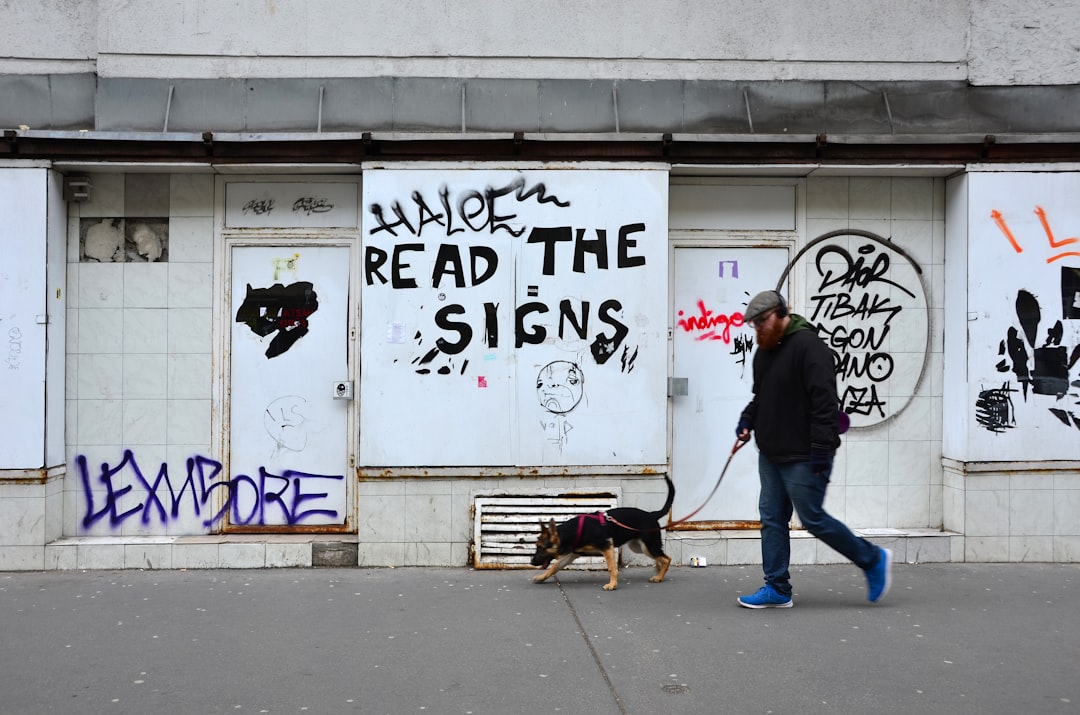What is it about?
'Reading' and 'throwing shade' are well-recognized types of interactions among drag queens. This paper explores these two phenomena as they appear in the 'reading challenge' in RuPaul's Drag Race (RPDR), the internationally famous reality TV show. The analysis showed that the reading challenge, as a staple of the show, has a unique performative structure that relies on specific linguistic strategies, camp language, and highly ritualized and repetitive performance of reading by the competing drag performers.
Featured Image

Photo by Quino Al on Unsplash
Why is it important?
'Reading' and 'throwing shade' is, in fact, a strategy of mock impoliteness, and an 'allowable offense' between fellow drag performers. This detailed analysis of the 'reading challenge' of past RPDR seasons shows that it builds upon the long-existing practices of the drag and queer community and celebrates the 1908s NY City drag and ball culture where the practice originated. But due to the requirements of reality TV, the reading challenge also often relies on certain problematic stereotypes and can trivialize the rebellious potential of reading. As a result, this can be quite problematic, given that RuPaul had an enormous impact on mainstreaming, but also gatekeeping drag.
Perspectives
I hope this article offers an interesting sociolinguistic insight into the funny and very popular segment of RuPaul's Drag Race - the reading challenge. For me, it is one of the show's most iconic features, and as such it naturally piqued my interest in its linguistic aspect. More importantly, I hope it also gives a good critical insight into how the mainstreaming of drag can end up in its commodification, exploiting the very identities it aimed to celebrate.
Dr Martina Podboj
University of Rijeka
Read the Original
This page is a summary of: “Haute couture? More like haute glue!”, Journal of Language and Sexuality, February 2023, John Benjamins,
DOI: 10.1075/jls.21013.pod.
You can read the full text:
Contributors
The following have contributed to this page










